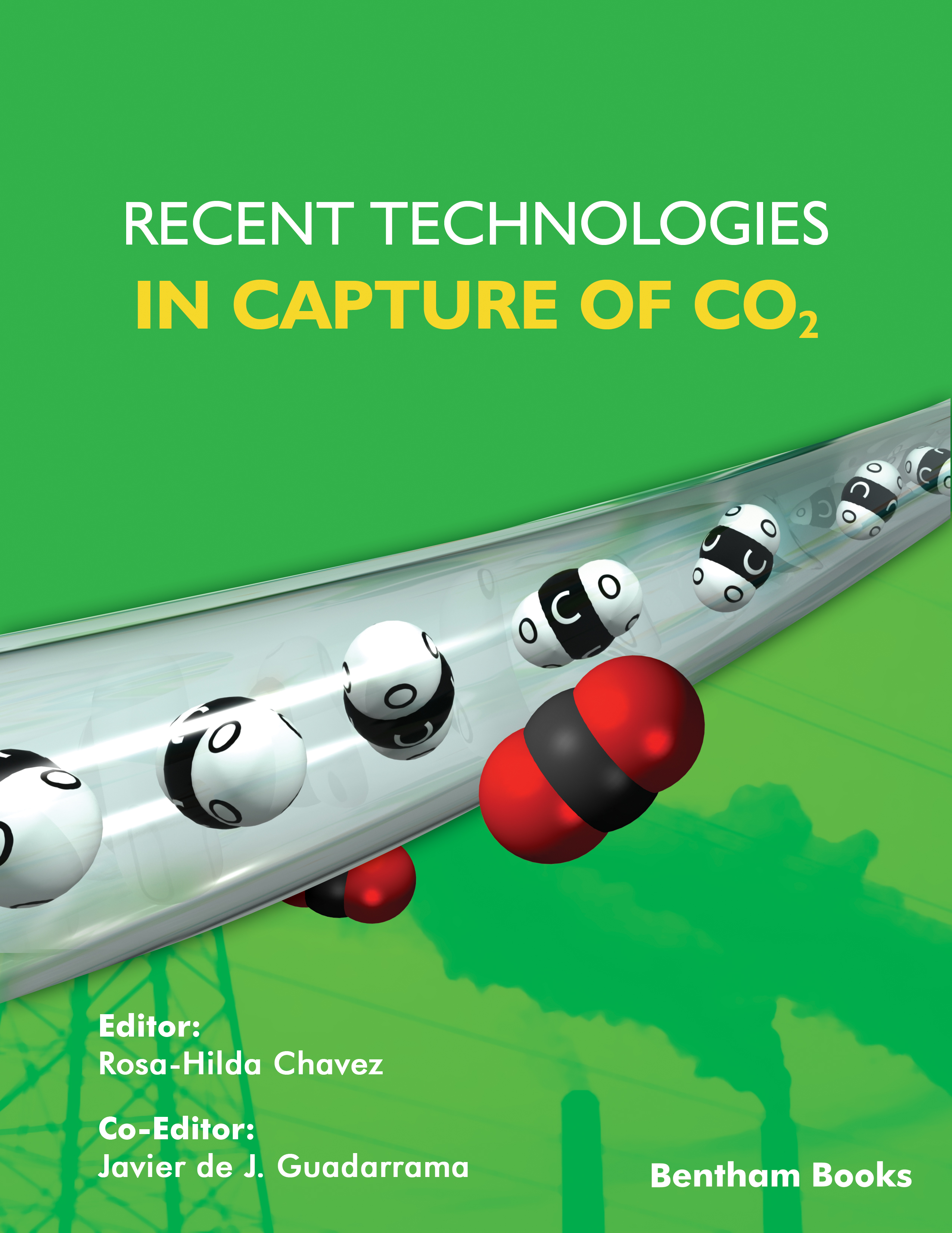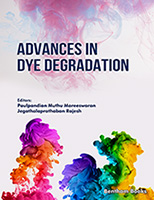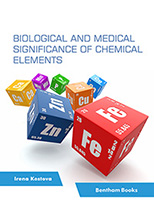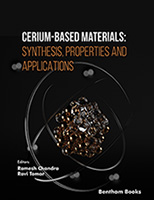As the Editor of Recent technologies in capture of CO2, it is a great pleasure to introduce this E-Book to readers, researchers, future authors, and colleagues. The decision by Bentham to launch this E-Book is very timely. It is an honor that so many distinguished scientists have been willing to support this initiative. The aim of Recent technologies in capture of CO2 is to provide a unique, multidisciplinary platform for the dissemination of leading edge research work on CO2 capture and minimizing of environmental impact of carbon dioxide. This E-Book covers the vibrant and diverse field of carbon dioxide capture, from the basic science and the development of new processes, technologies and applications.
Part I. Oxicombustion
Chapter 1 by Prof. Luis M. Romeo and co-authors on Oxy-fuel combustion in fluidized beds, presents Fluidized beds with particular features driving this technology as an appropriate candidate technology to apply oxy-fuel combustion, producing a highly concentrated CO2 flue gas stream to be processed and stored. Still, there are several issues differentiating the conventional combustion to that with O2/CO2 mixtures. This chapter examines the main issues involved in oxy-fuel combustion in fluidized beds through the experimental results obtained in the CIRCE oxy-fuel bubbling fluidized bed.
Part II. Post-Combustion
Chapter 2 by Prof. Li Zhao and Prof. Ludger Blum on Gas Separation membranes used in post-combustion capture describes mass and energy balances for single-stage and multi-stage membrane systems used in coal-fired power plant. In order to evaluate different membrane capture concepts, a comparison with chemical absorption process was carried out, considering different degrees of CO2 separation. Furthermore, a cost model was developed to make a further analysis of the optimized concept in view of the tradeoff balance between material and energy consumption. The correlation between the membrane parameters (selectivity, permeability) and capture cost was investigated.
Chapter 3 by Prof. Martin Picon and co-authors on Minimizing energy consumption in Co2 capture processes through process integration focuses on the thermal integration for minimum external energy consumption of CO2 capture process using amines. Post combustion capture of CO2 through the use of amines is a well established technique; the stand alone process is highly energy intensive since the recovery of the amine solution is achieved through the use of a separation process where heating and cooling are required. Energy integration of the hot flue gas coming from a power station plant from where CO2 is absorbed can serve the purpose of providing the heating and cooling needs to the process. Heat recovery through steam rising is considered for heating, cooling and for the production of power for the operation of pumps and compressors. The results show that the needs of the largest energy user of the process can be fully met by heat integration.
Chapter 4 by Prof. Rosa-Hilda Chavez and co-authors on Characterization and application of structured packing for CO2 capture evaluates the minimum energy consumption for solvent regeneration and maximum CO2 absorption with 600 t/hr flue gas flow simulated by Aspen Plus of CO2 capture process, using Monoethanolamine (MEA) at 30 weight%. The parameters studied were: 1) energy consumption at reboiler of stripper, 2) absorption separation efficiency, 3) flow ratio (L/G) in order to find the load or turbulence regimen in absorption process, and 4) absorption and stripper column diameters at different flue gas flows. This work contributes structured packing study in separation columns, like: ININ 18, Sulzer BX and Mellapak 250Y, and the advance of CO2 capture technology. Hydrodynamic and mass transfer models were used to evaluate pressure drops and height of mass transfer equivalent unit, per each packing. The results showed that Sulzer BX has the highest volumetric mass transfer coefficient values and the lowest height of mass transfer equivalent unit, with 3.76s-1 and 0.316m, respectively, and the most absorption efficiency with 89.17% in comparison with respect to the other two packings with 600 ton/hr flue gas flow treated.
Chapter 5 by Prof. Luis M. Romeo and co-authors on Looping cycles for CO2 capture introduces to the reader the calcium looping process for CO2 capture. This technology makes use of the idea that lime may be reused in a cyclic process to remove CO2 from a mixture of gases where carbonate is calcined to generate a pure stream of CO2 ready for sequestration. This chapter analyses the energy penalties of the Ca-looping CO2 capture system, different types of sorbents and their performance subjected to repeated cycles of carbonation and calcination, the CO2 capture efficiency and the possibility of integration of Ca-looping and power plants to reduce energetic penalties.
Chapter 6 by Prof. Rosa-Hilda Chavez and co-authors on Liquid-gas contactors material properties for CO2 capture in absorption column discusses some structural characteristics and properties of three regular packing materials: metallic, polymeric and ceramic; in order to select the best one to capture CO2 in an absorption column. The study was conducted by making the following tests: geometric physical properties such as wetted area and porosity; mechanical properties like, stress, hardness, modulus and compression resistance, structure and microstructure morphologic, chemical composition, rate of corrosion in electrochemical cell in medium of 1N of H2SO4 and Monoethanolamine (MEA) at 30% in aqueous solution by using standard procedures of the American Society of Testing Materials (ASTM) and own developed procedures for the equipment used. The structures of materials also were evaluated by X-ray diffraction and the surface of the material by scanning electron microscopy. It was concluded that metallic material is suitable in CO2 gas treatment because it presented lower etching of 1N of H2SO4, and MEA at 30% in aqueous solution and giving the most absorption of CO2.
Part III. Chemical Kinetics
Chapter 7 by Prof. Felipe Bustamante and co-authors on Rate-based models and design of packed columns for absorption of carbon dioxide shows details on the selection of the equipment for CO2 absorption, compares rate-based models (RBM) and equilibrium models (EQM) for absorption of CO2 in ammonia, and describes the development of a RBM for reactive absorption. From the literature reviewed and conditions prevailing in the absorption process, it is advantageous to carry out the process in packed columns. The comparison of EQM and RBM showed differences in temperature and concentration profiles along a 10 stages packed column. The temperature profile in EQM shows that the liquid temperature matches the inlet gas temperature at the fourth stage and remains constant until the bottom of the column. From the RBM, on the other hand, three temperature profiles were obtained: interface, gas, and liquid streams; temperatures in the EQM were almost 10C higher than in the RBM. For intermediate stages, the EQM predicted higher mol fraction of CO2 than RBM.
Part IV. Miscellanies
Chapter 8, by Prof. Juan Aspiazu and Arturo Aspiazu on Determination of Carbon and Oxigen captured from environmental samples describes some efficient physicochemical procedure for either CO2 dissociation or recycling. Ion accelerators provide a suite of techniques, collectively referred to as IBA, offering excellent options for the analysis of this kind of contamination.
Finally, I sincerely hope that this eBook on Recent technologies in capture of CO2 will be adopted by readers and authors, and that it will be able to make an important contribution to the development of CO2 capture development community and the scientific achievements in our field.
Rosa-Hilda Chavez
National Institute of Nuclear Research
(Instituto Nacional de Investigaciones Nucleares, Mexico)
Environmental Sciences Management
Environmental Studies Department
Mexico
&
Javier de J. Guadarrama
Toluca Institute of Technology
(Instituto Tecnologico de Toluca, Mexico)
Electrical and Electronics Engineering Department
Mexico





